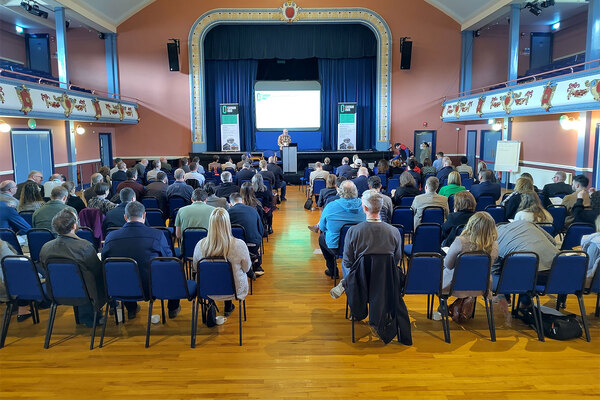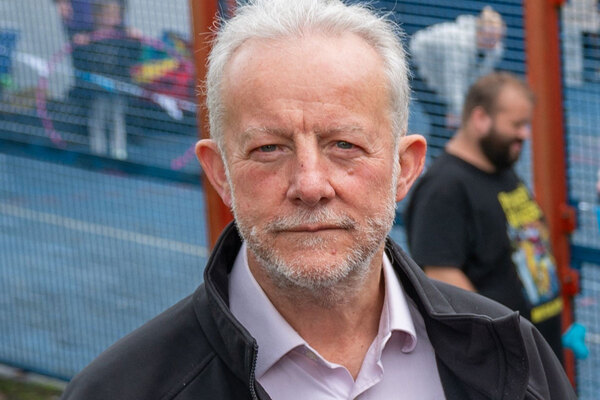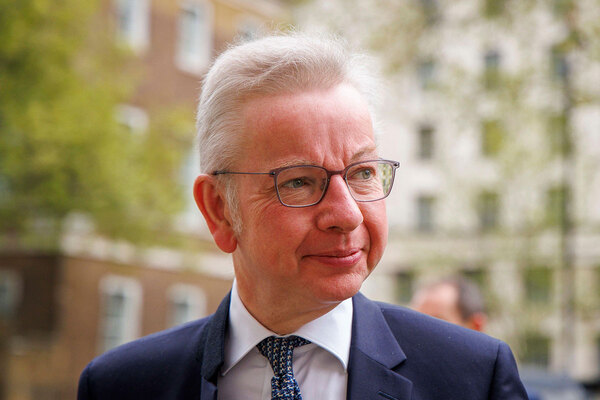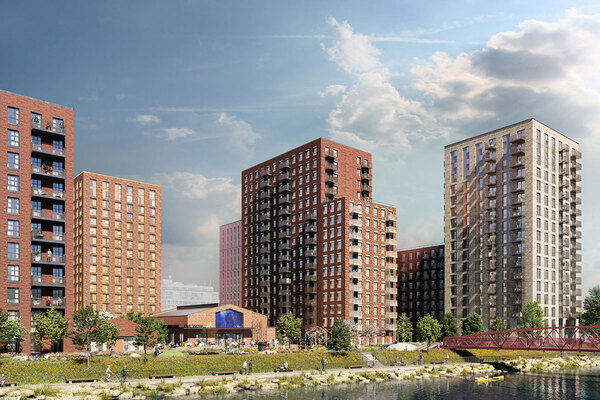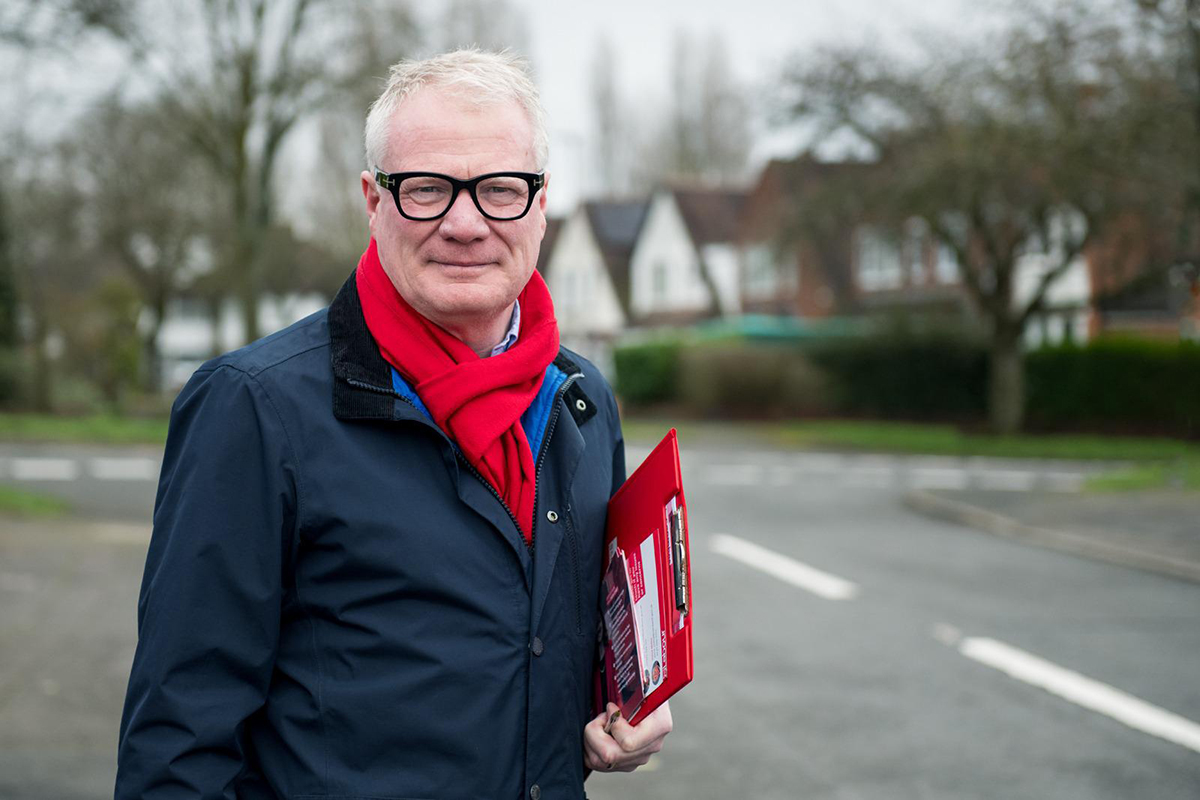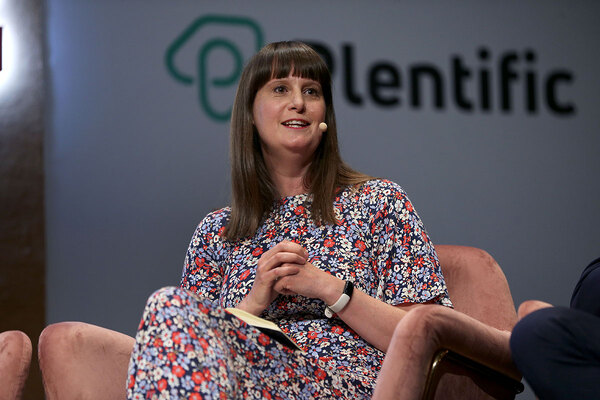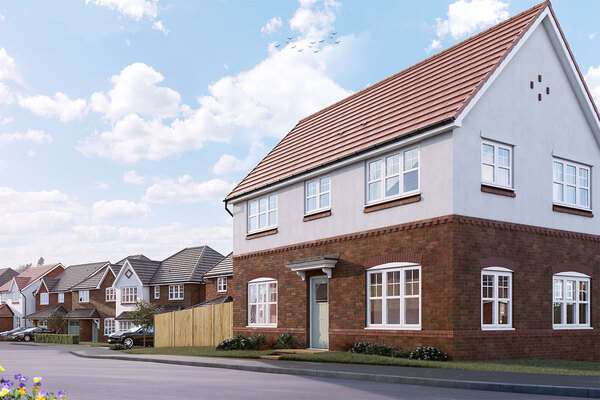You are viewing 1 of your 1 free articles
 Jules Birch
Jules BirchHelp or hindrance?
 Jules Birch
Jules BirchSo a year in to Help to Buy, who has it helped and what has the impact been so far?
Those are the questions I set out to answer in my feature in this week’s Inside Housing. It concludes that the limited number of Help to Buy transactions seen so far cannot have been enough on their own to account for what’s happened in the market in its first year. What’s been far more significant is the impact on the behaviour of buyers, sellers and housebuilders of a signal from the government that it will do everything it can to generate a housing market recovery. That, combined with a range of other government policies (and non-policies) and the favourable environment of record low interest rates, has duly produced one.
Culture secretary Sajid Javid did not seem to convince many people in the Question Time audience last night that there is no housing bubble. As financial secretary to the Treasury until Wednesday he was intimately involved with Help to Buy so he should be in a position to know. But his ‘inconvenient facts’ about low inflation and prices still being below their 2007 peak prompted incredulity from the rest of the panel. You might expect that from Billy Bragg and Harriet Harman, but the most telling put-down came from advertising boss Sir Martin Sorrell, who pointed out that the fact that prices are rising so quickly at a time of low inflation is more rather than less evidence of a bubble.
However, there is new evidence today the CIH’s annual UK Housing Review that the problems in the housing market go a lot deeper than Help to Buy and have been brewing for much longer than the last year. The average first-time buyer house price has risen by 120 per cent since 2001 while the cost of their average mortgage has risen by 110 per cent. While mortgage payments are more affordable than at the peak of the market in 2007, that is only thanks to record low interest rates: the ratio of the average mortgage advance to incomes is now almost back at peak levels. And remember that 2007 was the peak of one of the biggest bubbles in housing market history (one that did not fully deflate) rather than the benchmark of normality implied by Sajid Javid.
Add the long-term under-provision of new homes, a broken model of housebuilding, a tax system that encourages investment and speculation in housing, the rise of buy to let and London’s global status and you have the much larger backdrop for Help to Buy.
There was much that I had to leave out of my piece in the print version of Inside Housing and lots more that I did not have space to examine in any detail. This blog is an attempt to fill some of those gaps and bring the story up to date with some of the stats published since the article went to press:
- The numbers so far. The first 11 months of Help to Buy 1 (equity loans) saw 16,465 properties bought in England (schemes in Scotland and Wales started later). The first four months of Help to Buy 2 (mortgage guarantees) saw 2,572 completions. Those 19,037 transactions supported by Help to Buy compare to 1.1 million in the market as a whole so they cannot be enough on their own to explain the rise in house prices. In addition, more than three-quarters of them were outside London and the South East, the regions that have seen the strongest price growth. However, house prices are fuelled by expectations for the future as well as current supply and demand and the impact of Help to Buy is about the signals it sends out as well as the deals completed.
- First-time buyers. Around 88 per cent of households who’ve benefitted from Help to Buy have been first-time buyers. Assuming two buyers per household, that’s just over 30,000 people. However, calculations by the Priced Out campaign suggest that the increase in prices since March 2013 had put home ownership beyond the reach of more than 250,000 renters by the end of January. Based on the Office for Budget Responsibility’s forecast for prices and earnings, that figure will be 450,000 by the end of this year. These are national figures that do not take account of huge variation between prices in different regions but even so they beg a very big question about the ‘help’ in Help to Buy.
- Help to Buy 1. The saving grace of the equity loan scheme is that it only applies to new homes. The government has been quick to claim credit for the 23 per cent increase in housing starts seen over the last year even though completions are still flatlining. Help to Buy has supported a much greater proportion of sales of new homes than in the market as a whole. However, the big unanswered questions are how many of them would have been built anyway and how far housebuilders have simply used Help to Buy to scale back their own discounts and sales incentives. The rise in the share prices of the major housebuilders over the last year suggests that the City thinks they will do pretty well put of it.
- The land market. Housebuilders hailed the unexpected extension of Help to Buy 1 from 2016 to the end of the decade as ‘providing certainty for the industry’. The danger is that the only certainty will be rising land prices. The Knight Frank Residential Development Land Index shows that land prices fell slightly in 2012 but rose 7.1 per cent in 2013. We now know that the taxpayer will back new home sales until 2020, giving landowners every reason to hold out for as much as they can get for their sites.
- Help to Buy 2. The mortgage guarantee element of Help to Buy is bigger and far more controversial than Help to Buy 1. It’s been decried for stoking up demand while doing little about supply and for potentially leaving taxpayers on a £12.5 billion hook if it stimulates a boom and then a bust. However, the evidence so far suggests that the impact may be less than feared. Even taking account of the time it took for mortgage lenders to get up and running following the accelerated launch in October, 2,572 sales in four months is a long way from initial estimates of up to 190,000 a year. One reason for that, highlighted by figures from Hometrack, could be that Help to Buy 2 mortgage rates look very expensive by comparison with renting and other ways of buying. Another is that 90 and 95 per cent mortgages are now available outside of Help to Buy.
However, all of this assumes that Help to Buy actually is a housing policy and that the real aims are to help first-time buyers and boost housebuilding rather than existing home owners and the government’s electoral prospects. As Sir Martin Sorrell put it on last night’s Question Time: ‘Help to Buy was a political move. It was done in order to stimulate electoral support because it will be extremely popular. The problem is be careful what you wish for.’

